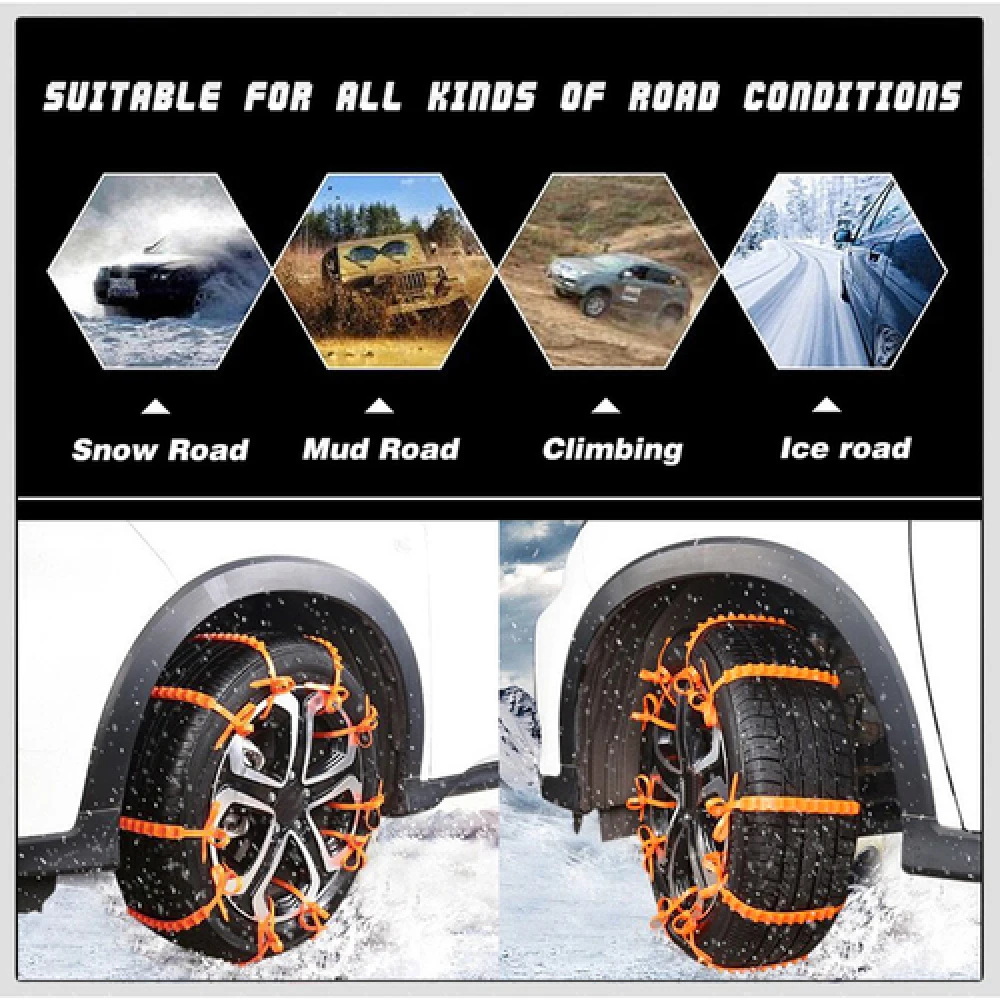When temperatures decrease, tire pressure can drop. It’s reported that with every 10-degree drop in temps, your tire pressure drops 1 pound per square inch (1 PSI).
Yet low tire pressure may require your heavy equipment to use more fuel to get the job done. It can also cause more wear on your tires. So what should tire pressure be in winter?
30 to 35 PSI is generally recommended as the ideal tire pressure for winter temperatures, but the exact recommended pressure varies depending on the type of vehicle and how low the temperature drops.
Ultimately, it’s important to check your vehicle’s owner’s manual and go with the recommended tire pressure provided. Some tires will have ideal PSI listed on the tire sidewalls. Your machine’s recommended tire pressure might also be listed on a sticker inside the driver’s door.
Dropping temperatures might cause a heavy load to need a higher PSI but start with the recommended PSI. Measure the pressure while your tires are cold. Inflate them to that recommended PSI.
Don’t depend on a visual inspection. Use a tire pressure gauge to measure the tire inflation on your heavy equipment to be certain it is sufficient.
The recommended tire pressure for a car is typically between 30 and 35 PSI. For a four-wheel-drive truck, 35 PSI is the norm. Skid steer tire pressure specifications range from 45-60 PSI. Again, check the manufacturer’s manual for optimal tire pressure.
The following table shows variations of tire pressure in cold temperatures:
| Pressure at 68 °F | 30 psi | 40 psi | 60 psi |
| Pressure at 32 °F | 26.9 psi | 36.3 psi | 54.9 psi |
| Pressure at 14 °F | 25.4 psi | 34.4 psi | 52.4 psi |
| Pressure at -4 °F | 23.9 psi | 32.5 psi | 49.8 psi |
Check your equipment’s tire pressure at least weekly during the winter months.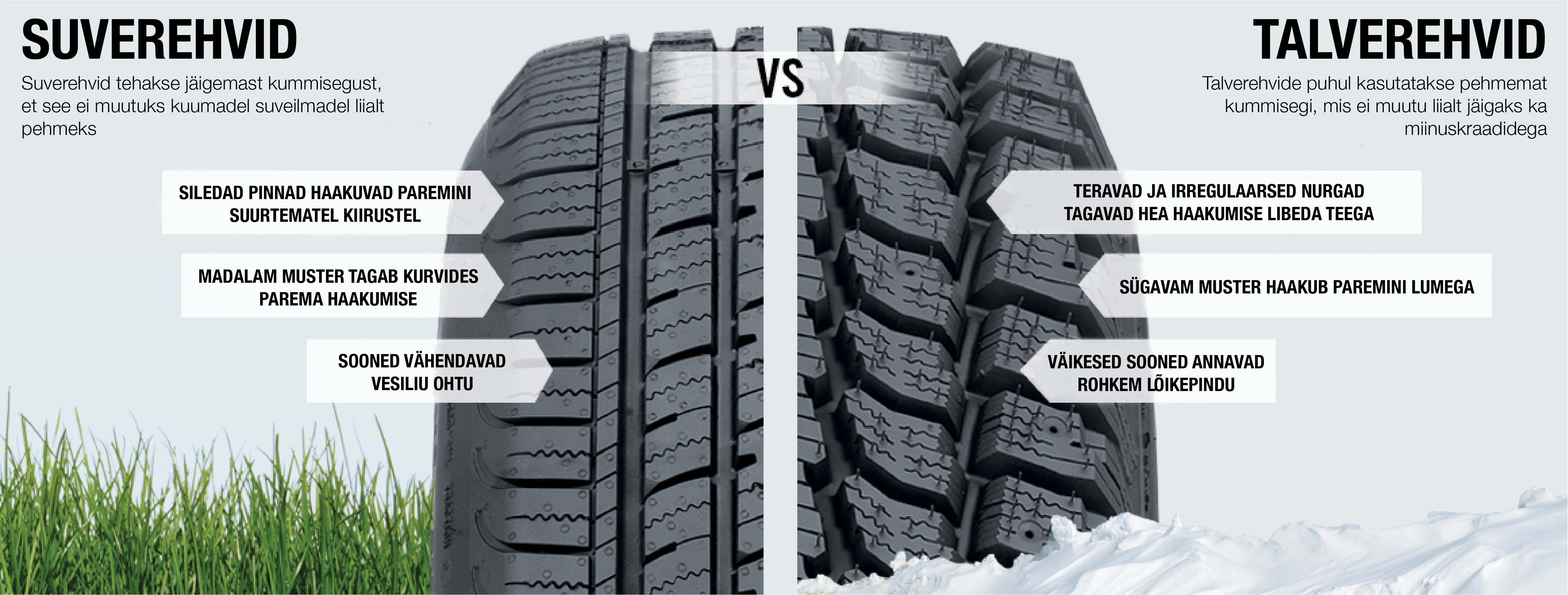 Refer to the manufacturer’s manual for recommendations regarding seasonal changes and optimal tire psi.
Refer to the manufacturer’s manual for recommendations regarding seasonal changes and optimal tire psi.
Exceeding the manufacturer’s recommended tire pressure may impact your equipment’s performance and cause premature wear on its tires.
Pneumatic tires, the most used on skid steers, need to be inflated to the proper pressure to function the way they were designed to perform. If at any time you notice your tires sagging after a dip in temperature, measure the PSI of the tires and fill them to capacity.
Underinflating the tire pressure can cause damaging heat and friction on your tires and can cause rubber-compound failure.
Consider switching the standard tires on wheeled power equipment to snow tires to optimize its performance, especially if you’re using it on pavement or for snow removal.
For best performance and to reduce the risk of damaging your equipment, all tires should be switched (not just two), be the same size and brand, and have the same type of tread.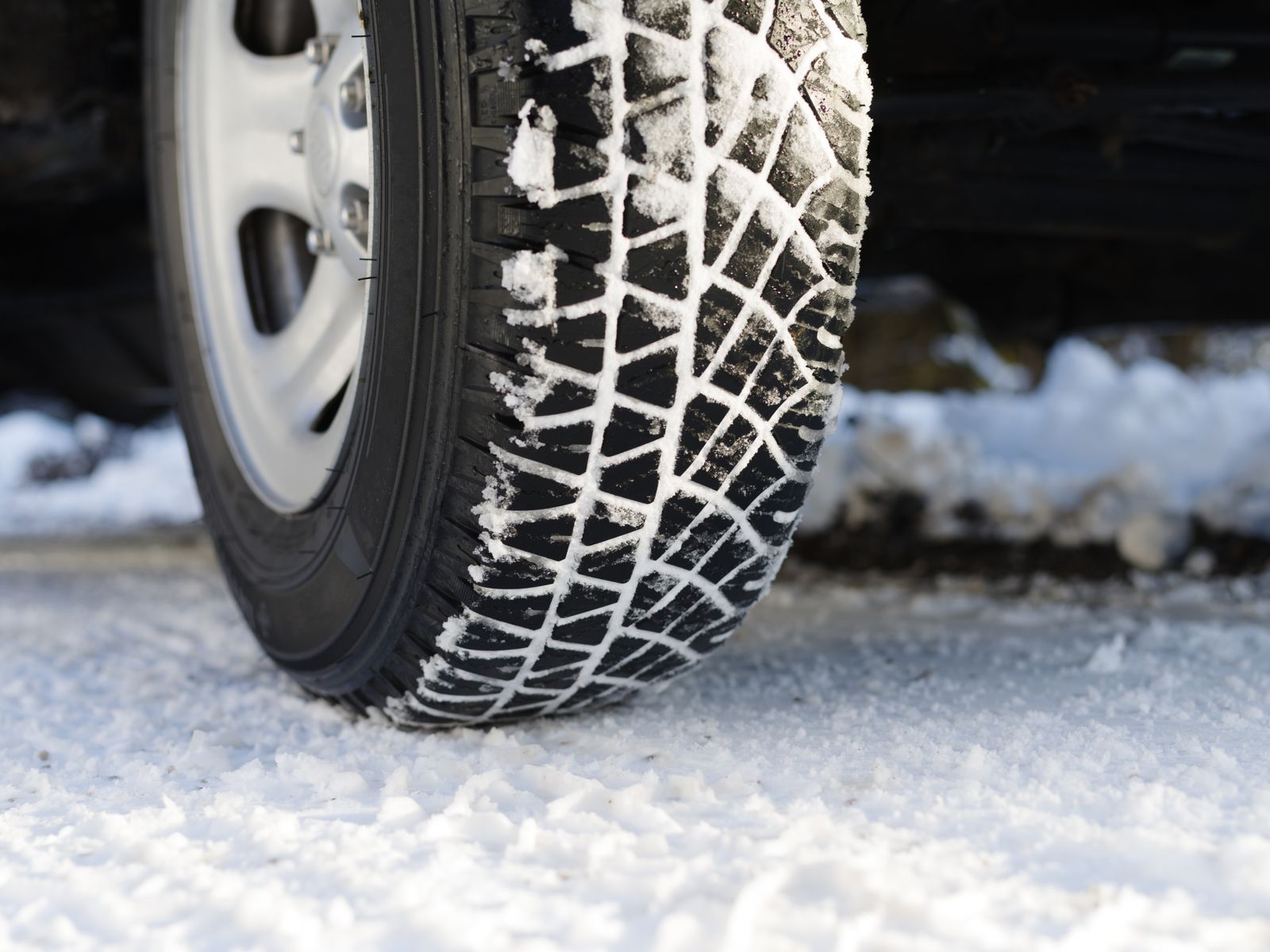
Check the tire pressure on your equipment before you put the machine in operation.
Find a gauge that is designed to measure your type of machinery and adequate PSI range. A gauge with a backlit display will make it easy to check your equipment’s tire pressure at dawn when visibility is low.
Don’t forget to replace the valve caps after checking tire pressure!
Digital gauges are ideal (rather than pen or dial) since they’re easier to use and many come backlit with LED lighting. If you’re starting your shift at dusk, that lighting comes in handy.
There are tire pressure sensor systems available that can be used on different types of heavy-duty vehicles, from F150 trucks to large skid steers. Check the literature that comes with these tool kits to ensure one can be used on your machine and still provide you with sufficient tire pressure data.
Eagle Power & Equipment has factory-trained technicians on staff to help you, as well as access to engineers and the factory. We offer on-site field repair and, specifically, tire repair so we encourage you to stop by or call to learn more about our services and repairs.
We offer on-site field repair and, specifically, tire repair so we encourage you to stop by or call to learn more about our services and repairs.
Posted in Heavy Equipment Safety, News, Skid Steer and tagged heavy equipment, pneumatic tires, power equipment, recommended tire pressure, skid steers, tire pressure on by Eagle Power.
For smooth, safe rides and to prolong the life of your tires, it’s important to find the optimal winter tire pressure for your vehicle. To ensure that you have “winter road worthy” tires, consider the following.
There are several misguided beliefs about the appropriate winter tire pressure that can result in costly problems for your car. In order to function properly and avoid problems, tires need to be appropriately filled to the correct pressure year-round. Why? Because weather conditions have an effect on tire pressure. For instance, during the summer months, the air expands in the tires as the weather heats up. During winter’s frigid months, the air pressure contracts. Something else to remember is that as you drive your vehicle, tire pressure increases slightly.
Why? Because weather conditions have an effect on tire pressure. For instance, during the summer months, the air expands in the tires as the weather heats up. During winter’s frigid months, the air pressure contracts. Something else to remember is that as you drive your vehicle, tire pressure increases slightly.
Vehicle manufacturers recommend PSI (pounds per square inch) for tire inflation and it’s the PSI rating you need to inflate your tires to. The PSI recommendation can be found inside the driver’s side door on a sticker, or in the manual. The PSI rating has been designed to deliver the most comfortable ride for your car. So, what about the “Max PSI” rating located on the sidewall? “Max PSI” is the PSI that the tires will support at maximum carry load. For regular, everyday use, tires need to be inflated to the vehicle’s manufacturer recommendation.
To ensure the optimal winter tire pressure follow the manufacturer’s recommendations.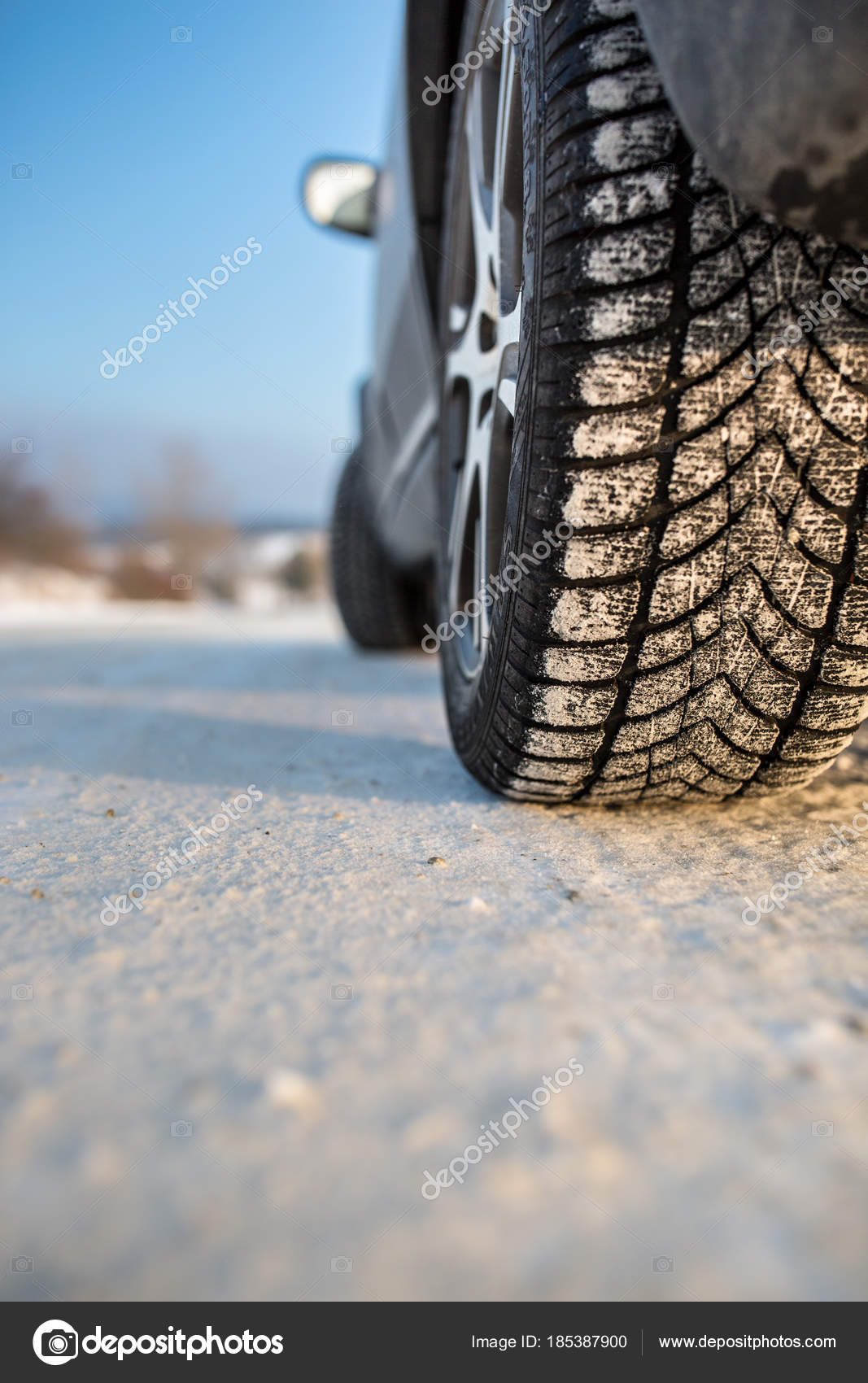 If you don’t have your manual handy, try looking for an online version for call a trusted auto repair shop. You can also find the recommended tire pressure on a sticker in the door jam as mentioned above. Some vehicle models place the stickers in the console, on the trunk lid, or on the fuel door.
If you don’t have your manual handy, try looking for an online version for call a trusted auto repair shop. You can also find the recommended tire pressure on a sticker in the door jam as mentioned above. Some vehicle models place the stickers in the console, on the trunk lid, or on the fuel door.
The recommended tire pressure is typically between 30 and 35 PSI. Anything less will affect fuel economy and how the vehicle handles. When your tires are filled to the recommended PSI, you’ll benefit from their performance and optimum life. Some vehicle owner manuals advise operating winter tires several PSI higher, usually between 3 to 5 higher than the recommended pressures for all season and summer tires.
All you need to do to determine your current tire pressure is unscrew the fill valve cap and check it using a pressure gauge, right? Well, sort of. Whether or not the car has been driven, and the time of day, can alter the tire pressure enough that you may not get an accurate reading.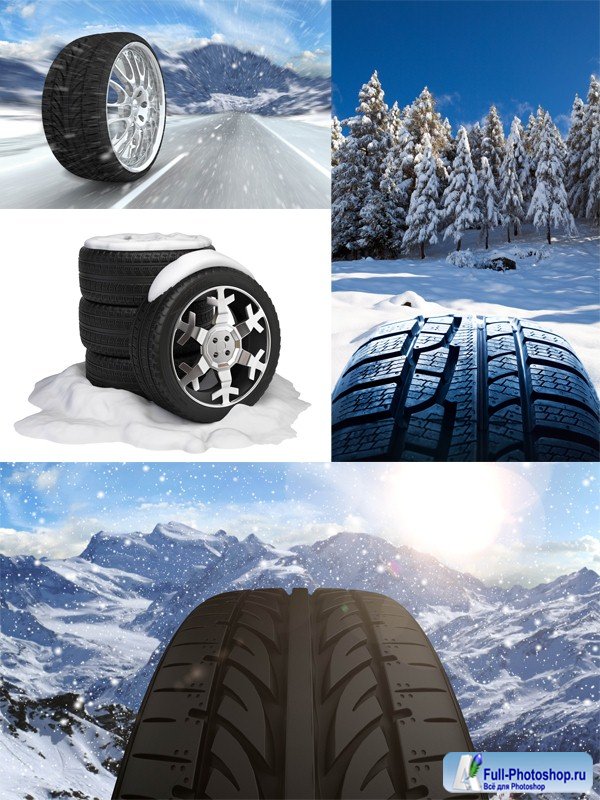 As an alternative, check the tire pressure in the morning before driving the car. Other things you can do include checking the pressure when you fill up the gas tank, as the temperature changes, or every 30 days.
As an alternative, check the tire pressure in the morning before driving the car. Other things you can do include checking the pressure when you fill up the gas tank, as the temperature changes, or every 30 days.
We can assist you in determining the best winter tire pressure for your vehicle. Click here to learn about our general car and maintenance services.
The air compression in a car wheel is indicated in atmospheres. The recommended tire pressure value should be indicated in the technical documentation for the car, on the signs on the gas tank hatch or next to the driver's seat. If the readings were not in these places, then you should contact the center where the car was purchased. It is not necessary to focus on the markings indicated on the surface of tires, because the pressure depends on the mass of a particular vehicle.
In the cold season, the air compression characteristic in car tires is recommended within 2-2.2 atmospheres.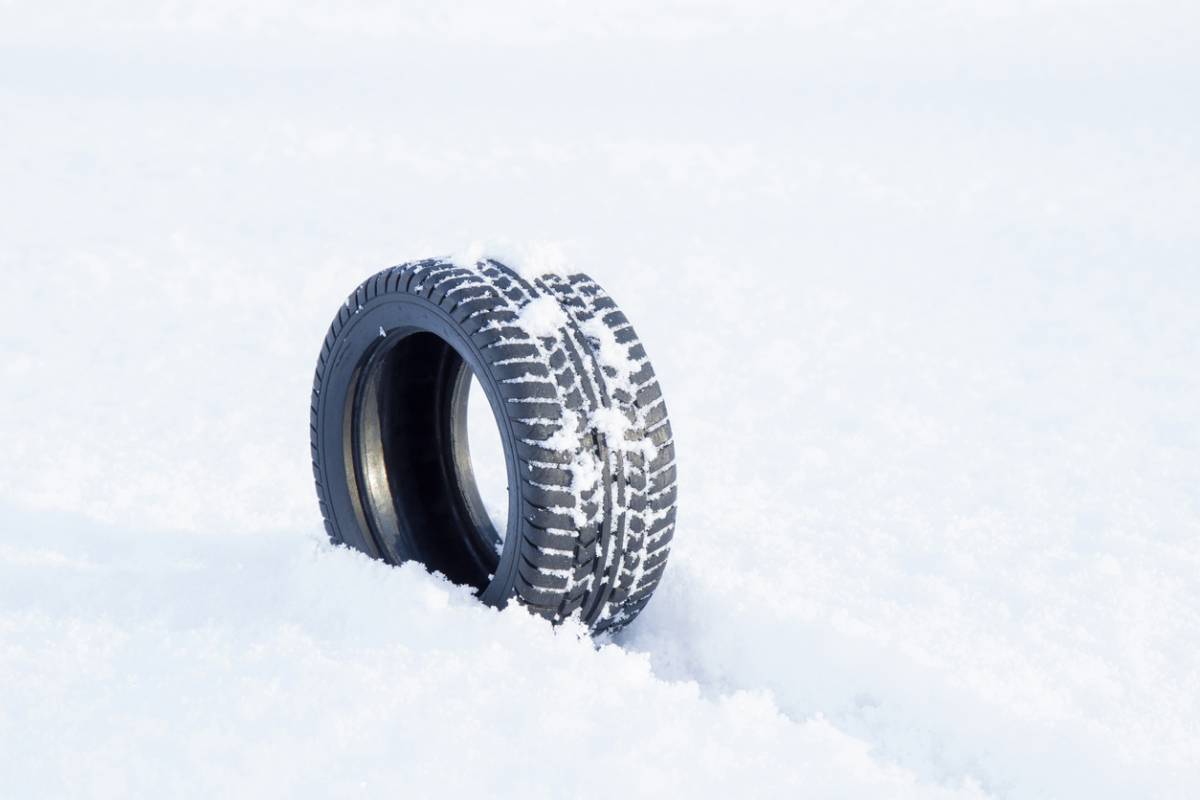
Not all drivers pay due attention to this characteristic, but it is of great importance for various indicators:
There are recommendations for an external inspection of tires before the start of each trip, before starting the engine. The level of air compression should be monitored every two weeks with a pressure gauge. This device is embedded in most modern compressors, which are connected either to the cigarette lighter in the car or to the battery terminals.
To correctly control the level of pressure in tires, you must adhere to the following rules:
 before the trip itself or two hours later, after the road. This is necessary because driving heats up the tires and changes the amount of air compression inside the wheel.
before the trip itself or two hours later, after the road. This is necessary because driving heats up the tires and changes the amount of air compression inside the wheel. 
Fresh number
RG-Nedel
Rodina
thematic applications
Union
Fresh number 22.02.2021 14:03
Boris Zakharov
must whether to pump up the wheels in winter? Many drivers are convinced that it is necessary not to pump up, but, on the contrary, to etch the air in order to increase the contact patch. So which of the two solutions is correct?
iStock
There are several factors to consider when choosing tire pressures in winter. Primary is the temperature overboard. The fact is that with a decrease in air temperature below zero, the pressure in the tires drops in the range from 0.1 - 0.3 atm. Thus, if the tire is inflated to 2 bar in a warm garage, in severe frost this figure can drop to 1.7 bar.
Such sagging tires, by the way, can be seen on many cars in severe frosts - pay attention! In other words, the passport pressure in the tires indicated in the manual or on the plate on the body are correct for a "cold" tire. Therefore, it makes sense to check the pumping level "on a cold" - in the morning, in frost. In this case, you can set the pressure in accordance with the recommendations of the automaker. And vice versa. Keep the car in the garage in the cold, do not be lazy with a large minus overboard, increase the value by about 0.2-0.3 bar for each wheel.
Therefore, it makes sense to check the pumping level "on a cold" - in the morning, in frost. In this case, you can set the pressure in accordance with the recommendations of the automaker. And vice versa. Keep the car in the garage in the cold, do not be lazy with a large minus overboard, increase the value by about 0.2-0.3 bar for each wheel.
The second point to consider when inflating tires in cold weather is where and under what conditions you plan to drive. If you plan to move at high speeds along the highway, and even in the company of passengers, then it will not be superfluous to increase the pressure in the tires by the same 0.2 - 0.3 bar.
However, this value should not be exceeded too much. After all, seriously pumped tires in winter are no less dangerous, since the contact patch with the road surface will decrease, the elasticity of the polymers will decrease, the handling will deteriorate, and rubber wear will increase. And vice versa - you plan to trudge in a snow rut off-road, you should not pump up the wheels.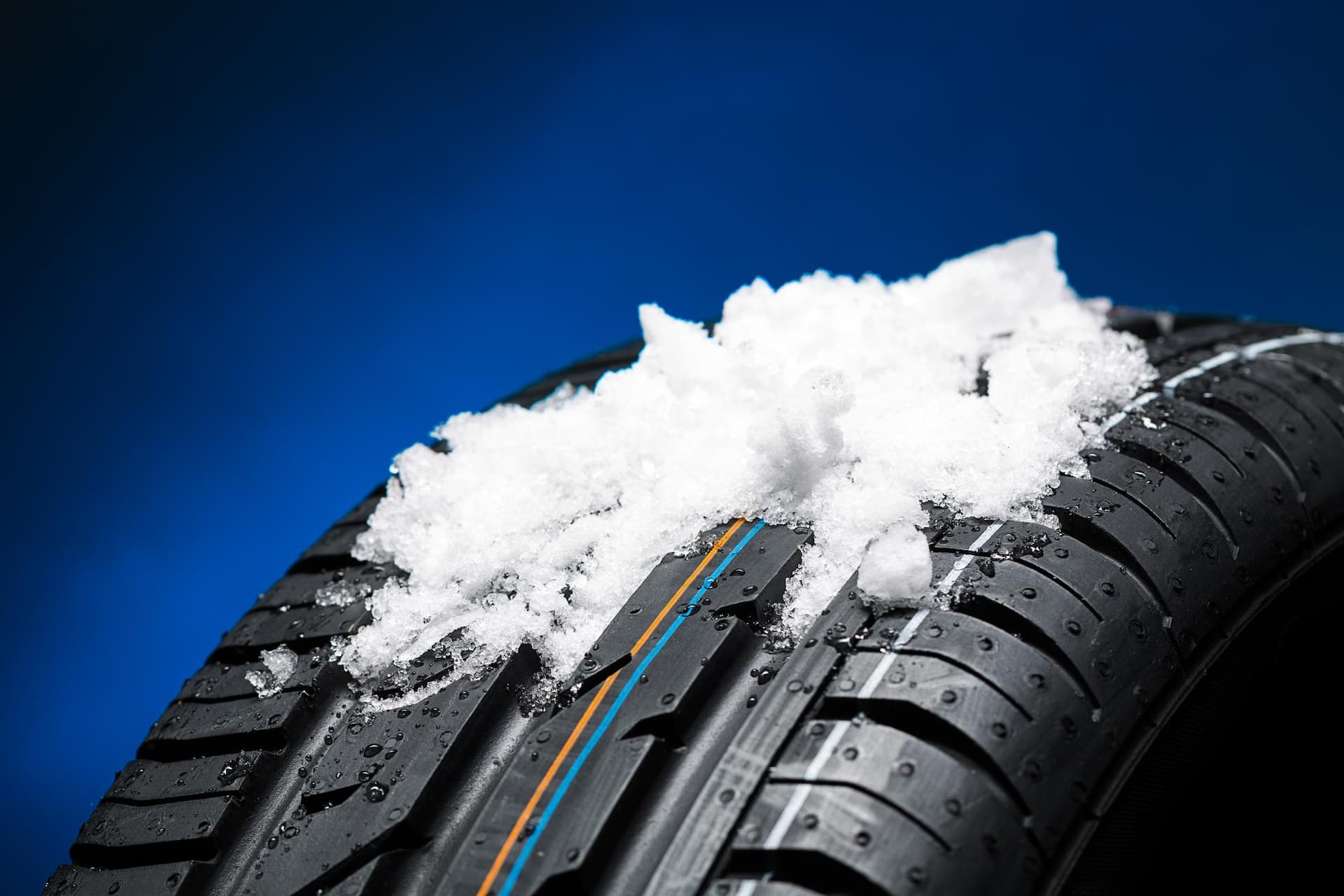 Moreover, under certain circumstances (for example, when driving in deep snow), it makes sense to trim tires by 0.5 bar in order to increase traction and, accordingly, patency.
Moreover, under certain circumstances (for example, when driving in deep snow), it makes sense to trim tires by 0.5 bar in order to increase traction and, accordingly, patency.
Also make it a habit to check your tire pressure regularly, at least once a week, in winter. For this reason, special attention should be paid to this issue. The difference in pressure in the wheels on a slippery road can literally go sideways to you.
Deviations from the regulation as early as 0.3-0.5 bar for at least one wheel can cause skidding and problems with the return of the car to the course. Even if you are not armed with a pressure gauge, just listen to the behavior of your car.
If one of the wheels is under-inflated or over-inflated, the car may move to the side, and it will be worse to keep on a high-speed straight line and in turns. However, the same karting can be given by rims clogged with snow, and therefore have lost their original balance. Therefore, do not be too lazy to go to the sink, spill the snow-covered disks with water, and at the same time check the pressure in the tires.